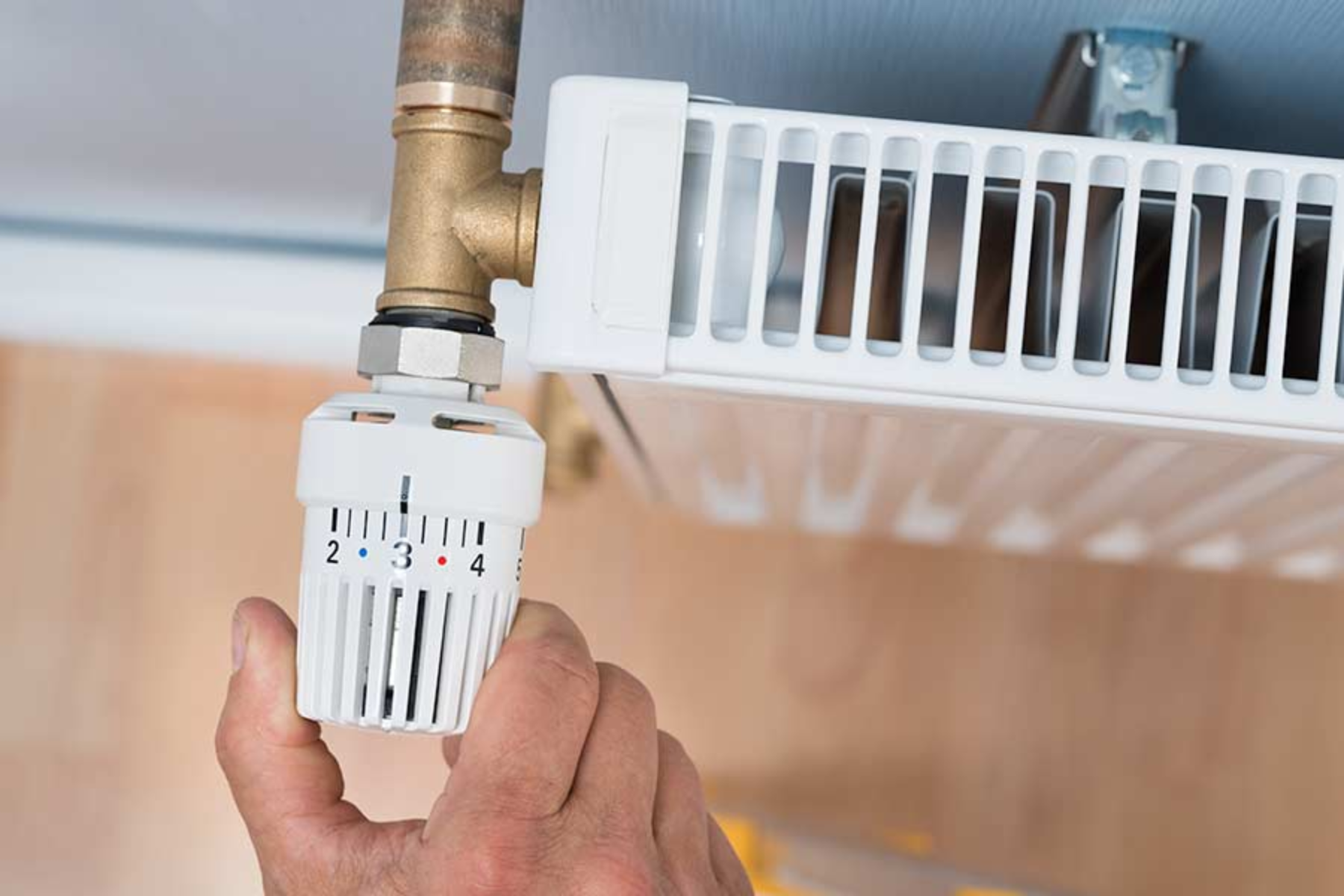Properly functioning radiator valves are crucial for maintaining a well-heated home. If you suspect that your radiators are not emitting enough heat, it's essential to check if the valves are open.
In this comprehensive guide, we will walk you through the process of checking if radiator valves are open, ensuring efficient heat distribution in every room of your house.

Step-by-Step Guide: How To Check If Radiator Valves Are Open
- Locate the valve: Begin by finding the radiator valve, typically positioned on the side or bottom of the radiator.
- Examine the valve position: Observe the valve handle or wheelhead. If the thermostatic head is on position 5 it is open. Alternatively if the radiator is not getting hot take it off the thermostatic head and depress the pin to see whether the pin has seized or not. To unseize use a pair of pliers. If the pin is up, it signifies that the valve is open, allowing hot water to flow into the radiator.
- Open the valve: If the valve appears closed, turn the handle or wheelhead clockwise to open it fully. This action enables hot water to circulate through the radiator.
- Monitor heat output: After opening the valve, wait for a few minutes and place your hand near the radiator. You should feel the warmth emanating from the radiator surface.
- Check other radiators: Repeat the same process for all the radiators in your home. Ensure that the valves are open on each radiator to promote even heat distribution throughout the house.
By following these steps, you can easily determine whether your radiator valves are open or closed, ensuring that your heating system operates efficiently.
How To Check A Thermostatic Radiator Valve (TRV)
To verify if a thermostatic radiator valve is working correctly, you can follow these steps:
- Locate the TRV: Find the thermostatic radiator valve, usually positioned on the side or top of the radiator.
- Set the temperature: Adjust the TRV dial or thermostat to the highest setting.
- Wait for the radiator to heat up: Give the radiator some time to heat up. You should feel the radiator becoming warm to the touch.
- Observe the TRV: After the radiator reaches the desired temperature, the TRV should start to regulate the heat automatically. You'll notice the valve closing partially or fully as the room temperature reaches the set level.
Why Open Radiator Valves Are Important
Open radiator valves are vital for maintaining a comfortable temperature in your living space. Here's why it's important to check and ensure that your radiator valves are open:
- Efficient heat circulation: Open valves allow hot water to flow into the radiator, ensuring optimal heat output. Closed valves restrict the flow and reduce the radiator's heating capacity.
- Balanced heating: When all radiator valves are open, heat is evenly distributed across different rooms, creating a comfortable environment throughout your home.
- Energy savings: Properly functioning valves help prevent energy wastage by allowing your heating system to operate at its full potential. Closed valves lead to inefficient heating, resulting in higher energy consumption and increased utility bills.
Checking your radiator valves regularly and keeping them open when necessary can help maximize the efficiency of your heating system and provide a cozy living environment while saving on energy costs.
Stay proactive in maintaining your heating system to ensure a comfortable and cozy living space throughout the year.






















